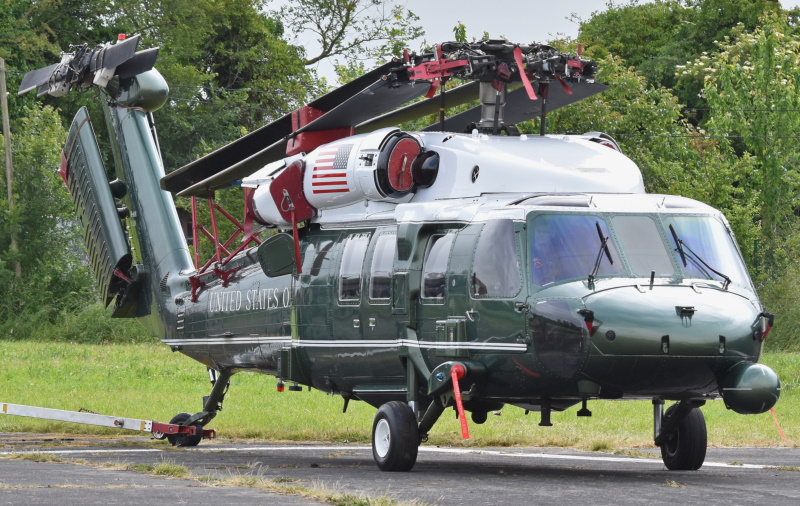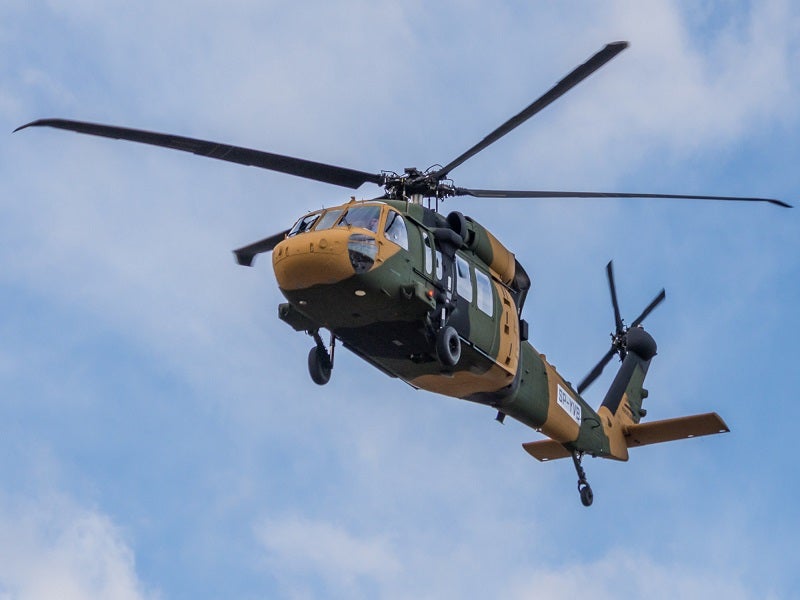Sikorsky S 70: Reinventing Tactical Operations with Cutting-Edge Innovation
Sikorsky S 70: Reinventing Tactical Operations with Cutting-Edge Innovation
Blog Article
High-Performance Multi-Role Rotorcraft Featuring Advanced Cabin Technologies and Integrated Sensor Systems
The world of rotorcraft modern technology has seen noteworthy improvements in current times, particularly in the world of high-performance multi-role rotorcraft geared up with sophisticated cockpit innovations and effortlessly incorporated sensing unit systems. These technologies have not just boosted the operational capabilities of rotorcraft but have also substantially impacted contemporary aeronautics operations on numerous fronts. From boosted mission flexibility to enhanced operational performance, the convergence of innovative cabin technologies and integrated sensing unit systems has actually introduced a new age of possibilities for rotorcraft applications. In the adhering to conversation, we will certainly check out the evolution of rotorcraft modern technology, explore the realm of advanced cockpit advancements, and take a look at the ramifications of integrated sensor systems on the functional adaptability and efficiency of modern rotorcraft.
Evolution of Rotorcraft Innovation
The evolution of rotorcraft innovation has been marked by substantial improvements in the rules of aerodynamics, products, and propulsion systems, shaping the capabilities and efficiency of modern rotorcraft. Wind resistant improvements have actually improved the effectiveness and ability to move of rotorcraft, enabling raised speed, dexterity, and security during flight (sikorsky s 70). Innovations in products, such as the use of composite products and advanced alloys, have actually brought about lighter yet stronger rotorcraft structures, improving overall performance and longevity. Furthermore, developments in propulsion systems, including much more powerful engines and innovative propulsion modern technologies, have actually made it possible for rotorcraft to achieve greater altitudes, faster speeds, and better hauls.
These advancements have not just transformed the capabilities of rotorcraft but have likewise broadened their applications across numerous sectors, including armed forces, business, and emergency services. The continuous development of rotorcraft innovation remains to drive technology in the field, pressing the limits of what is possible and forming the future of upright trip.
Advanced Cabin Innovations
Building upon the fundamental advancements in aerodynamics, materials, and propulsion systems, the realm of rotorcraft innovation now shifts emphasis towards introducing Advanced Cabin Innovations. The assimilation of innovative modern technologies within the cockpit atmosphere plays a critical function in boosting the functional abilities, security, and efficiency of modern rotorcraft. sikorsky s 70. Advanced Cabin Innovations include a broad selection of attributes created to provide pilots with boosted situational awareness, structured information monitoring, and intuitive control user interfaces
One of the key improvements in cockpit layout is the implementation of glass cockpits, which replace standard analog assesses with high-resolution screens. These digital systems offer customizable designs, real-time information integration, and enhanced readability, enabling pilots to accessibility important information at a glimpse. Advanced avionics systems, such as fly-by-wire controls and boosted reality display screens, are revolutionizing just how pilots connect with the airplane, allowing for precise control and boosted decision-making abilities.


Including advanced cabin developments not only improves pilot efficiency yet likewise adds to general goal effectiveness and safety in complex operational settings. By leveraging modern innovations within the cockpit, rotorcraft producers are setting brand-new standards for functional excellence and mission success.
Integrated Sensor Solutions
With the development of rotorcraft modern technology, the assimilation of innovative Integrated Sensing unit Solution has come to be critical in boosting functional efficiency and safety. These Integrated Sensor Solutions encompass a vast selection of modern technologies that offer critical information for various functions such as navigating, surveillance, targeting, and environmental surveillance. By flawlessly integrating sensors like radars, cameras, lidar, and infrared systems right into rotorcraft, drivers can profit from boosted situational recognition, enhanced mission abilities, and reduced pilot work.
One trick benefit of Integrated Sensing unit Solutions is their capacity to collect real-time information and give actionable understandings to pilots and mission operators. Progressed radar systems can find and track targets over long ranges, allowing for early risk detection and effective feedback planning. In addition, integrating infrared and electro-optical electronic cameras enables rotorcraft to carry out reconnaissance and surveillance goals with accuracy and accuracy.
In essence, the combination of innovative sensing unit innovations right into rotorcraft not just improves functional efficiency however also adds significantly to overall mission success and staff safety and security. As rotorcraft continue to develop, the function of Integrated Sensing unit Systems will definitely remain at the center of innovation in the aerospace sector.
Functional Convenience and Performance
Enhancing operational flexibility and effectiveness in rotorcraft is a natural development from the assimilation of advanced Integrated Sensor Systems. By leveraging the data and understandings given by these innovative sensing unit systems, rotorcraft can go to this site enhance their efficiency across different missions and atmospheres.
Functional flexibility encompasses the capacity of rotorcraft to adapt to different duties and circumstances efficiently. With advanced cockpit modern technologies and integrated sensing unit systems, rotorcraft can effortlessly transition between jobs such as search and rescue, clinical evacuation, monitoring, and a lot more. This flexibility enhances the rotorcraft's ability to meet diverse operational requirements without needing extensive reconfiguration.
Effectiveness in rotorcraft procedures is crucial for maximizing goal efficiency and source usage. Integrated sensing unit systems play a crucial function in enhancing functional performance by supplying real-time information on weather, surface mapping, target tracking, and have a peek at this site a lot more. This information makes it possible for pilots to make informed choices swiftly, maximize flight paths, save gas, and improve general mission efficiency.
Influence On Modern Air Travel Workflow

Furthermore, the integration of advanced sensing units helps with improved goal planning and implementation, allowing rotorcraft to perform a variety of jobs with boosted precision. From search and rescue procedures to airborne firefighting and police objectives, the capacities of modern rotorcraft geared up with innovative cabin innovations and incorporated sensing unit systems are exceptional.
In addition, the impact of these improvements extends past functional performance to cost-effectiveness and sustainability. By maximizing flight paths, fuel usage, and upkeep timetables, high-performance rotorcraft furnished with advanced cabin innovations and sensing units add to minimizing operational expenses and ecological effect, making them vital assets in contemporary aeronautics operations.
Conclusion
In verdict, the high-performance multi-role rotorcraft with advanced cockpit technologies and incorporated sensor systems stands for a substantial evolution in aeronautics technology. These innovations enhance functional adaptability and efficiency, ultimately impacting modern aeronautics procedures in a positive method. The combination of these innovative technologies enables enhanced abilities and efficiency in different mission situations, showcasing the continued improvement of rotorcraft innovation in the aviation market.
The realm of rotorcraft modern technology has seen significant improvements in current times, specifically in the world of high-performance multi-role rotorcraft equipped with cutting-edge cockpit technologies and perfectly incorporated sensor systems. From boosted mission convenience to improved functional efficiency, the merging of sophisticated cabin innovations and incorporated sensor systems has actually ushered in a new period of opportunities for rotorcraft applications. In the following conversation, we will certainly explore the development of rotorcraft modern technology, dig right into the realm of sophisticated view it cabin innovations, and analyze the implications of incorporated sensing unit systems on the operational adaptability and efficiency of contemporary rotorcraft.

Report this page